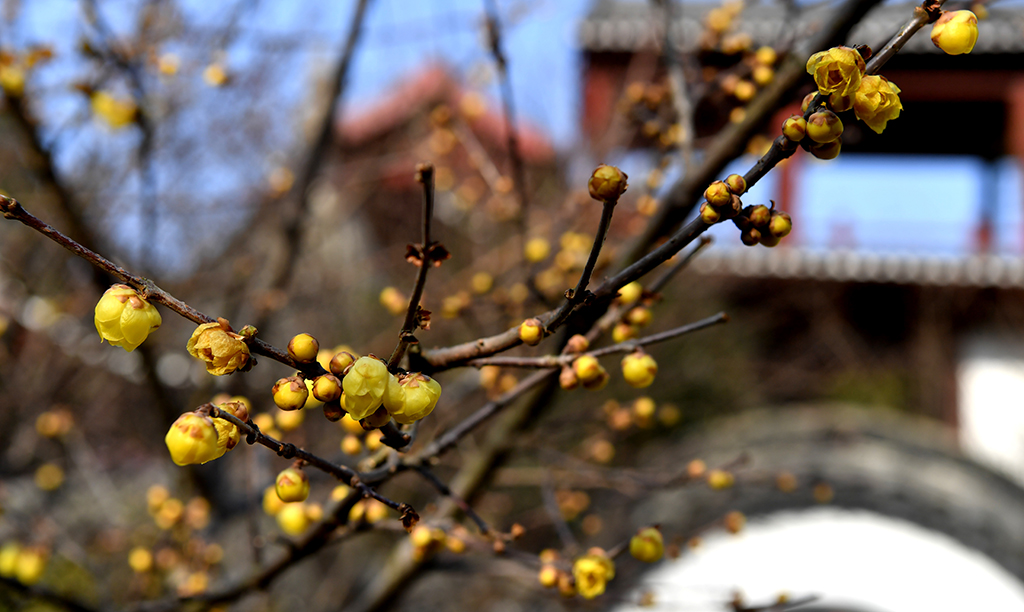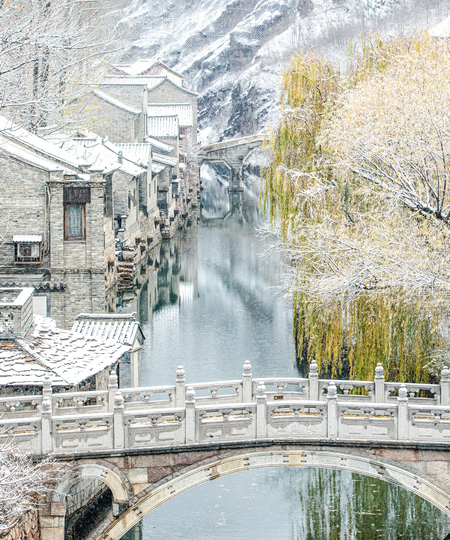Grass planting boosts village incomes
LHASA-For herder Lhaba Cering, the desolate late autumn scenery he experienced as a child has become a thing of the past in his home village of Gangshi, in the Tibet autonomous region.
The village, at an altitude of more than 4,000 meters in Lhaze county, Shigatse, used to be nothing but barren land covered by gravel and coarse sand.
Now, after the launch of a grass planting project, it is adorned in a green "coat" and full of vigor and vitality.
The grass, cultivated by experts from the Chinese Academy of Sciences, has an extensive root system and a strong tolerance to cold, drought and barren land.
Li Yongsheng, an expert in planting grass, said that the grass, sown in spring and harvested in October, can help prevent and control desertification. The roots of the grass will also become fertilizer to enrich the soil after harvest. The yield of grass per hectare can reach about 15 metric tons.
"Life is much better now," Lhaba Cering said. "We used to have land filled with sand. Now yaks and sheep are well fed and the environment is much better."
Gangshi's grass project began last year when a cooperative was set up to grow the grass on about half a hectare of land. The maiden attempt bore fruit and large-scale grass planting was soon initiated.
Dechen Yudron, head of the county's Shichen township, said almost 600 herders have joined the project, which has increased the average household income by 1,000 yuan ($157) a year.
The grass project is only a small part of Tibet's constant efforts to strengthen ecological protection.
The Qinghai-Tibet Plateau is known as "the roof of the world".As Tibet is an important guarantor of China's environmental security, the Chinese government attaches great importance to the region's environmental protection.
From 2016 to 2020, the region spent over 20 billion yuan on ecological protection, according to data from the regional forestry and grassland bureau.
The region's forest coverage reached 12.3 percent last year, and the comprehensive vegetation coverage of natural grasslands rose to 47.1 percent, up from 42.3 percent in 2016.



